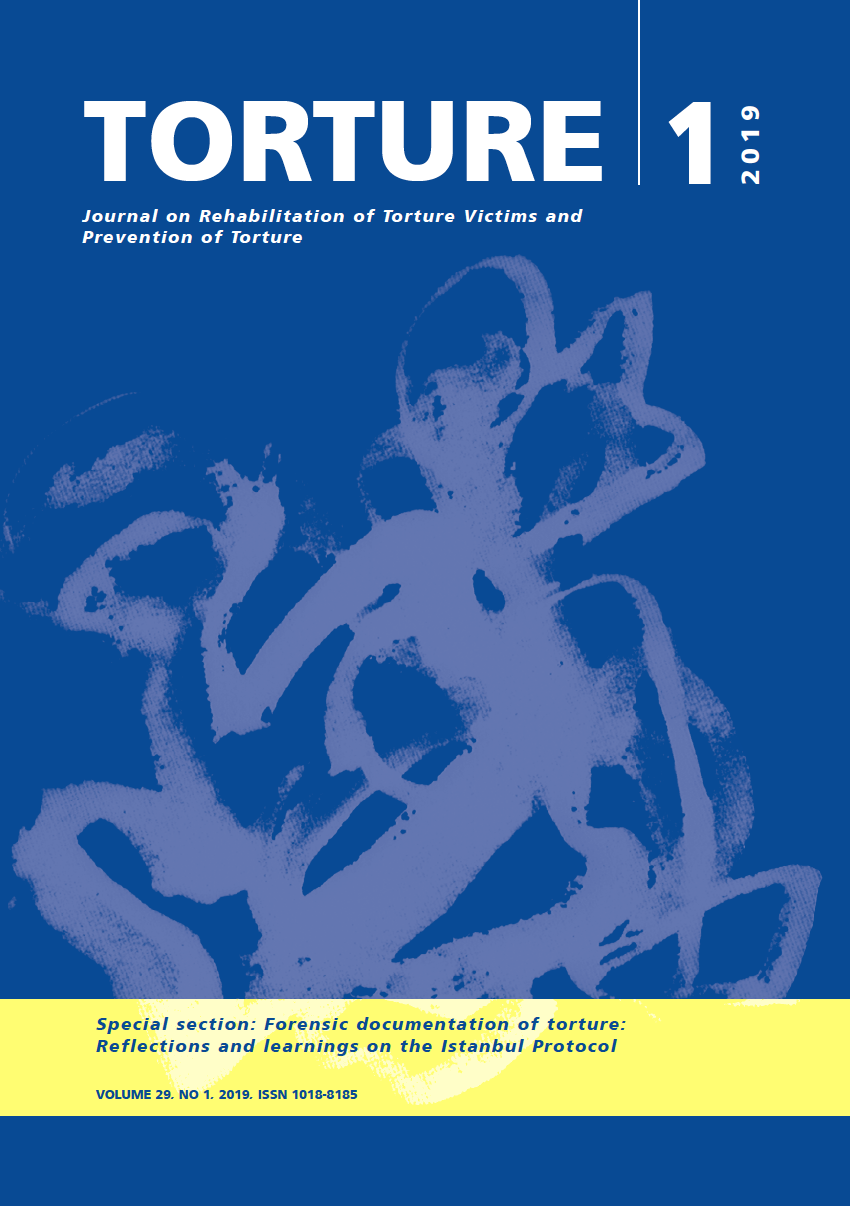The potential and limitations of the Global Compact for Safe, Orderly and Regular Migration: A comment
DOI:
https://doi.org/10.7146/torture.v29i1.112217Palabras clave:
Global Compact for Migration, International migrations, migration and tortureResumen
On 19 December 2018 the UN General Assembly approved the Global Compact for Safe, Orderly and Regular Migration (GCM), with 152 votes in favor, five against (Czech Republic, Hungary, Israel, Poland, United States), 12 abstentions (Algeria, Australia, Austria, Bulgaria, Chile, Italy, Latvia, Libya, Liechtenstein, Romania, Singapore, Switzerland), and 24 countries not voting (UN, 2018). The GCM builds on the 2030 Agenda for Sustainable Development (UN, 2015) and on the New York Declaration for Refugees and Migrants 2016 (of which it aims to implement Annex II) (UN, 2016). The article discusses the Global compact for migration, highlighting its potential and limits, supporters and detractors.
Citas
United Nations. (2015). Transforming our world: the 2030 Agenda for Sustainable Development, A/ RES/70/1. Available at: https://sustainabledevelopment. un.org/post2015/transformingourworld [accessed 2 January 2019]
United Nations. (2016). New York Declaration for Refugees and Migrants, A/RES/71/1. Available at: https://refugeesmigrants.un.org/declaration [accessed 2 January 2019] United Nations. (2018). Global Compact for
Safe, Orderly and Regular Migration. Available at: https://refugeesmigrants.un.org/sites/default/ files/180713_agreed_outcome_global_compact_ for_migration.pdf [accessed 2 January 2019]
United Nations. (2018). Global Compact on Refugees, A/73/12. Available at: https://refugeesmigrants. un.org/refugees-compact [accessed 2 January 2019]
Descargas
Publicado
Cómo citar
Número
Sección
Licencia
We accept that some authors (e.g. government employees in some countries) are unable to transfer copyright. The Creative Commons Licence Attribution-NonCommercial-NoDerivatives 4.0 International (CC BY-NC-ND 4.0) covers both the Torture Journal and the IRCT web site. The publisher will not put any limitation on the personal freedom of the author to use material contained in the paper in other works which may be published, provided that acknowledgement is made to the original place of publication.


